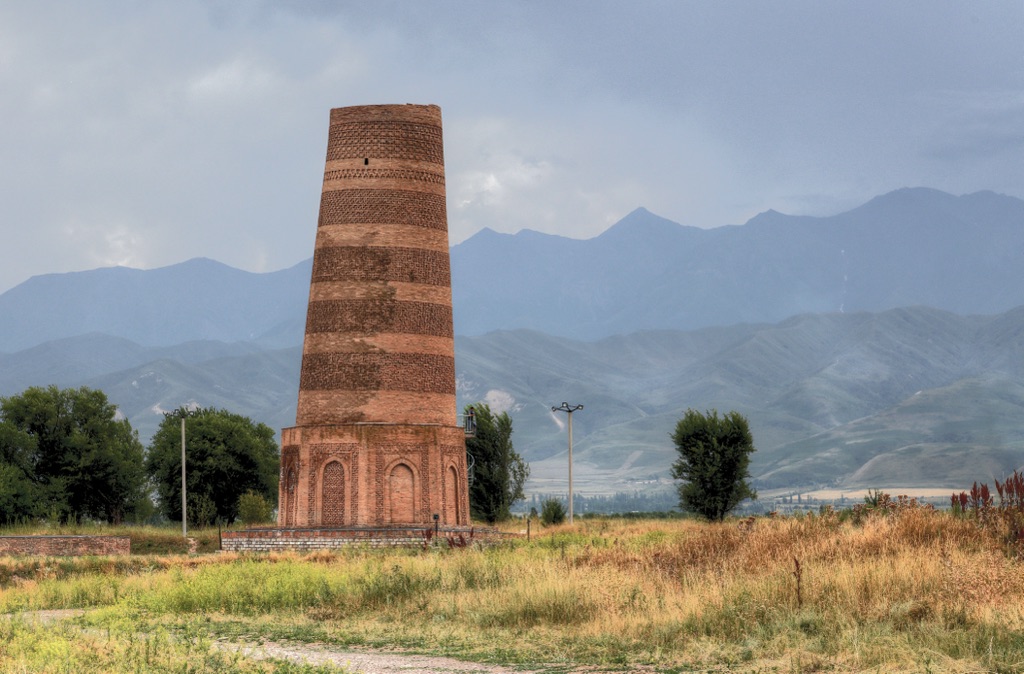Burana Tower stands as an emblem of the ancient city of Balasagun, once a thriving hub on the Silk Road. Its origin dates back to the 11th century, built by the Karakhanids. With its rich historical context, Burana Tower is a testament to the architectural prowess and cultural depth of the era. This minaret, despite the test of time and natural disasters, continues to captivate visitors with its historical narratives and resilient structure. It symbolizes the crossroads of civilizations and the intricate tapestry of Central Asian history.
Karakhanids
The Karakhanids were a medieval Turkic dynasty that ruled over a significant part of Central Asia from the 9th to the 12th centuries. Known for their cities, such as Kashgar and Balasaghun, in present-day Kyrgyzstan and China’s Xinjiang region, the Karakhanids played a pivotal role in the history of the Silk Road. They are particularly noted for being among the first Turkic tribes to convert to Islam, which helped spread the religion throughout Central Asia. The conversion also marked a profound cultural shift in the region, influencing the development of art, architecture, and literature.
Under the Karakhanids, Central Asia experienced a period of cultural renaissance, with the promotion of the arts and the flourishing of cities as centers of trade and learning. This dynasty is credited with fostering a unique Turkic-Islamic culture, evident in their script, literature, and architectural styles that combined Islamic motifs with local elements. However, the dynasty eventually began to fragment due to internal strife and external pressures, leading to their territory being seized by the Seljuks and the Khwarazmians. Despite this, the heritage of the Karakhanids endures in the numerous mausoleums and mosques that still stand today, revealing their once-great civilization’s architectural and scholarly achievements.

